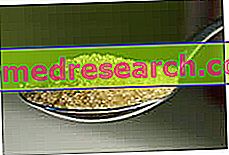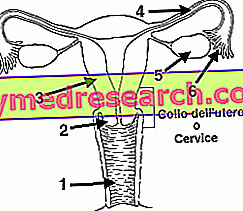serum iron:
indicates the rate of iron present in the blood (in humans from 60 to 160 mcg / dl; in women from 20 to 140 mcg / dl)
ferritin:
indicates to what amount the iron reserves in the body (15-300 mcg / 100 ml)
transferrinemia:
indicates the concentration of transferrin in the blood (from 250 to 400 mg / dl); transferrin is responsible for transporting iron from the stores
SOLUBLE TRANSFERRIN RECEPTOR:
membrane glycoprotein used for intracellular transport of iron. It is measured, among other things, for pharmacological monitoring following the use of erythropoietin (EPO)
TRANSFERRIN SATURATION:
indicates the amount of saturated transferrin, ie the amount of transferrin bound to iron.
HEMATOCRIT:
indicates the percentage of blood volume that is occupied by red blood cells. (42-52% for men, 37-47% for women)
RED BLOOD CELLS:
are the blood cells responsible for transporting respiratory gases. (4, 500, 000-5, 000, 000 per µL).
HEMOGLOBIN:
globular protein present in red blood cells of which it determines the color; it has a fundamental role in the transport of oxygen and in the elimination of carbon dioxide (ematic values in the fashion of 13gdl to 18gdl in the woman 12gdl to 16gdl)
myoglobin:
Protein similar to hemoglobin but present in muscles. It has the task of transporting the oxygen in the blood into the muscle, for which it has an affinity 6 times higher than that of hemoglobin.
IRON:
element present inside the hemoglobin in the center of the EME group and which has the task of binding oxygen.
ANEMIA:
pathology characterized by a reduction in the number of red blood cells or their hemoglobin concentration. It often manifests with symptoms and characteristic signs such as pallor, asthenia and dyspnoea.
FOLIC ACID:
Folic acid or vitamin B9 is present mainly in fruits and vegetables; it is fundamental in the maturation of red blood cells



